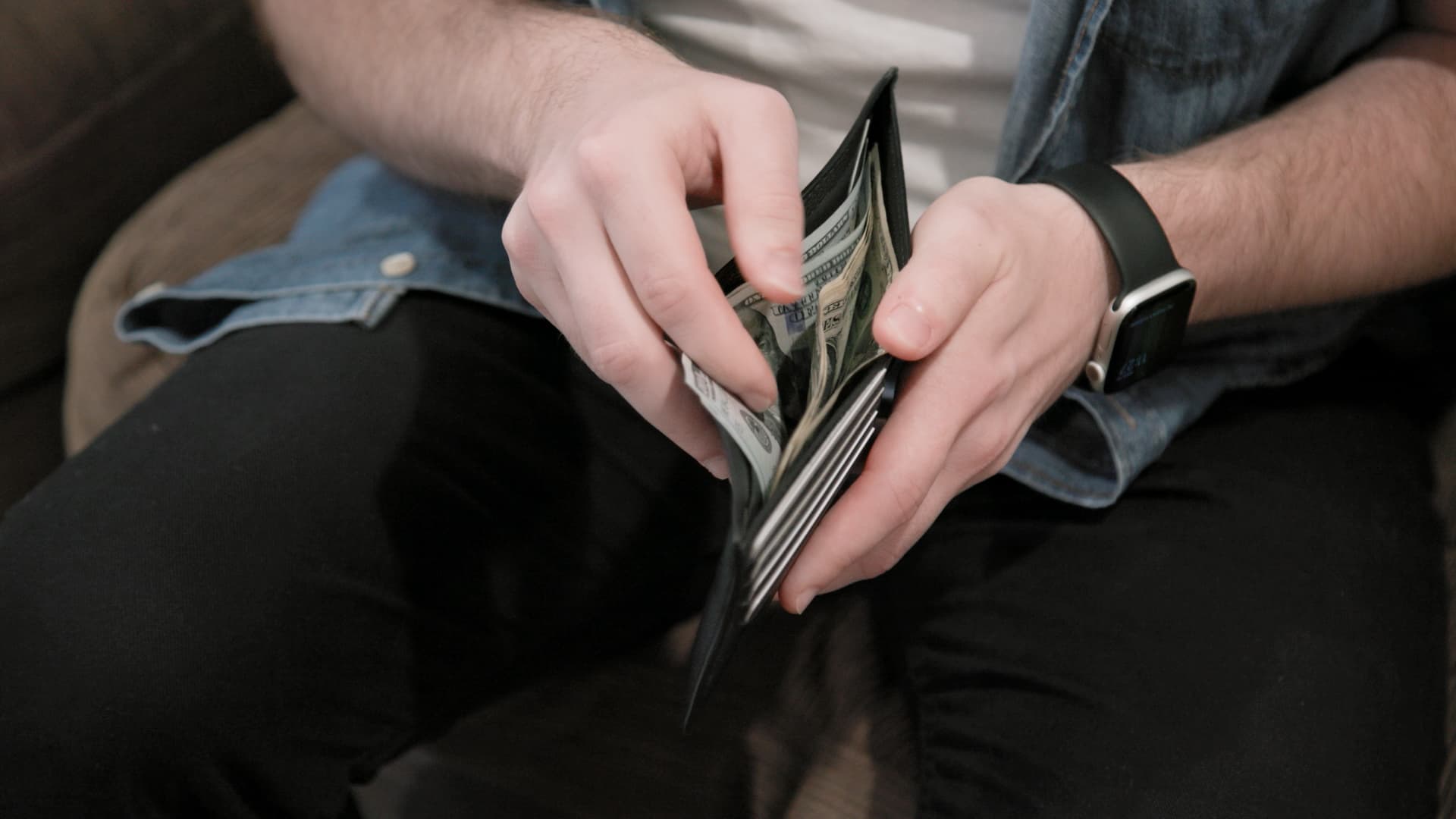
If you’re like the 61% of Americans who expect to deplete their emergency savings in 2020, then 2021 should be the year in which you commit to re-building your emergency funds. Using some tried-and-true techniques, while taking advantage of some of the savings offered by pandemic relief can yield the extra money you’ll need to stash at least three months of essential living expenses. While saving for such an ambitious goal can be a bit challenging, it shouldn’t deter you; if anything, 2020 has demonstrated why being prepared for the unexpected is always necessary.
Identify what’s truly essential
When calculating essential living expenses, some people make the mistake of including items that aren’t truly essential. Remember: your emergency savings are designed for essential expenses — the kind you can’t realistically go without.
So, as you examine your budget for ways to amass three months of living expense savings, don’t make your task harder by adding on unnecessary costs. That means streaming service and food delivery subscriptions, new clothes, ride-sharing services, dining out, entertainment, and other extras shouldn’t be included. Your budget should also factor contributions of other household members, as well as any savings you can enjoy. A typical list of budget essentials might include:
- Rent or mortgage payments
- Basic utilities, not including extra cable or streaming services (unless you can’t opt out of a contract)
- Groceries (not dining out or food delivery and meal kit services)
- Basic transportation costs
- Essential healthcare costs, such as health insurance, prescriptions, and required medical visits.
- Necessary educational costs for your kids, such as school supplies.
Stash these funds away
One of the easiest ways to advance your emergency savings rapidly is to apply any extra money or mini-windfalls directly to your account. Last year, for example, the average tax refund check was nearly $2,900. That’s money that can be immediately deposited toward emergency savings, and for most Americans, it could cover close to a month or more of essential living expenses.
Similarly, if you receive a holiday or year-end bonus, cash gifts for your birthday or holidays, or if the government approves another $1,200 stimulus check, those funds should be used for emergency savings. (Instead of holiday gifts or birthday presents, why not ask friends and family for cash toward your savings, instead?) And unused electronics, furnishings, or clothing that you re-sell can also generate small streams of extra cash that can be applied directly to emergency funds. For many people, stashing these mini-windfalls can build their emergency savings to the three-month minimum rather quickly.
Look for extra income streams
Reducing costs and budgeting toward savings is the most straightforward way of building an emergency fund, but sometimes, it may be just as easy to generate extra income, even if temporarily, toward your savings. Every dollar you earn beyond your current living expenses can be applied toward your emergency fund (experts recommend a minimum of $500-1000 per month in savings). And you’re not limited to driving for ride-sharing services or renting out spare bedrooms; there are a plethora of side-income options for nearly everyone.
More from Invest in You:
The ultimate retirement planning guide
Second stimulus check update
Why financial health is so difficult
The greatest benefit of an extra income stream, however, is that once you’ve built an emergency fund it protects it from future intrusions by ensuring you have sufficient income to weather financial adversity. By building economic resilience, it allows you to begin saving toward longer-term projects, such as funding your retirement. And it reduces the financial stress that can lead to poor money decisions in the short-term.
Covid’s silver lining
One of the few silver linings of the Covid economy has been the flexibility many landlords and creditors are willing to extend. Take maximum advantage of these programs to allow yourself the financial space to build an emergency fund. Federal student loans are currently on forbearance until the end of January, some credit card companies may temporarily allow reduced or deferred payments, and other creditors are also being more lenient. If you qualify, take advantage of reduced or deferred payments to build savings during this period. If your emergency savings are depleted, this should even take precedence over anything except minimum debt payments.
Finally, consider re-negotiating interest rates, leases, and re-payment terms. Historically low interest rates may qualify you for a lower-rate mortgage, or lower rates on credit cards. Rent prices in many cities have seen sharp declines due to COVID. Take advantage of this time to modify your payments and reduce your overall costs, thereby freeing up more cash for savings.
SIGN UP: Money 101 is an 8-week learning course to financial freedom, delivered weekly to your inbox.
CHECK OUT: Suze Orman: Don’t pay off debt with a second stimulus check — here’s your ‘first priority’ via Grow with Acorns+CNBC.
Disclosure: NBCUniversal and Comcast Ventures are investors in Acorns.




